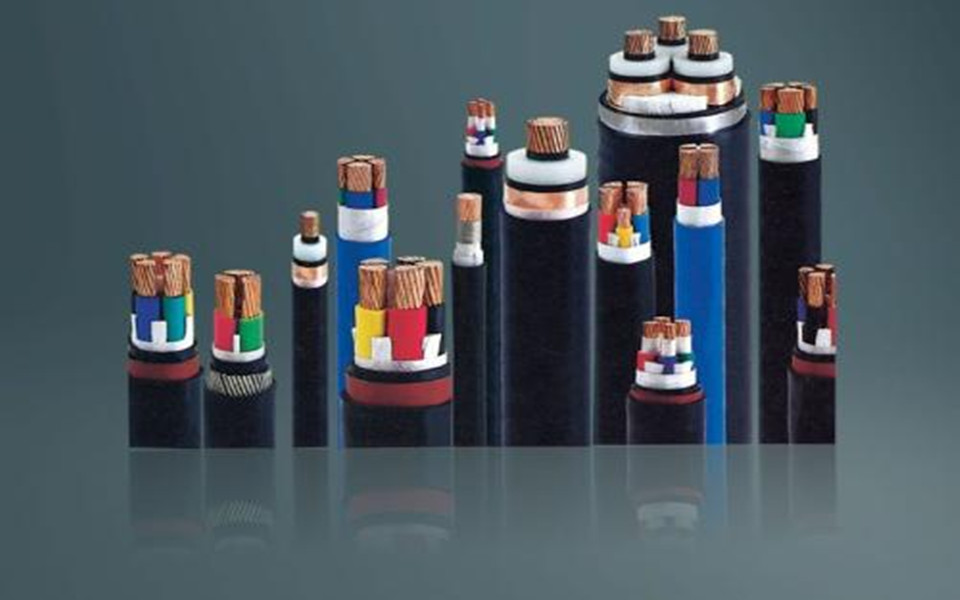
The selection of the power cable model should first meet the technical requirements of the power cable laying occasion.
Under this premise, the technical policy of the development of China's power cable industry should be reflected as much as possible, that is, replacing the copper wire with aluminum wire and replacing the lead sheath with aluminum sheath.
The rubber-plastic insulation is used instead of the oil-paper insulation, and the rubber-plastic sheath and the composite sheath are developed on the outer sheath structure.
And the first-grade outer sheath and the second outer sheath are promoted in the metal sheath.
Of course, due to the new power cable varieties, there may be some problems in terms of product quality, manufacturing cost, production capacity, and actual operation.
The old model power cable with oil-paper insulation will become the main target of power cable selection over a period of time.
1. In the case of laying power cables along marshes or water, the whole power cable capable of withstanding tensile force should be selected.
When passing through a small stream, a power cable with armor (used outside the armor) should be used.
2. When the power cable is laid in different soils and different surrounding media, its model should be selected according to the most unfavorable conditions. Otherwise, power cables with different structures should be used.
Third, the use of copper core power cables for diesel engine rooms, air compressor rooms, forge rooms, and mobile machinery with severe vibrations, and the use of copper core power cables in other places should be strictly restricted.
3. Straight-buried power cables in the ground are generally made of bare plastic sheathed power cables. When laying power cables across railways, across tunnels, bridges, along the edges of roadbeds and other places that may be subject to mechanical damage, armored power cables should be used. (There should be a protective layer outside the armor) or take protective measures (such as wearing a pipe).